Measure acoustics the right way, not the easy way
Smartphones such as the Apple iPhone and Android-based phones offer low-cost app-based tools for measuring acoustics. But a comprehensive study proves that they shouldn’t be used in place of professional acoustic equipment.
Smartphones are more commonplace than ever – and so are apps that purport to measure the acoustic properties of a living room or other space. However, a series of experiments conducted to compare the performance of smartphones versus ‘traditional’ sound level meters show that while smartphone devices can offer some indication of sound levels, they aren’t as accurate or reliable as sound level meters designed and calibrated in accordance with international standards.
The findings prove that customers should think twice about using a smartphone app when measuring and analysing sound.
Limitations of the smartphone
A search of the Apple App Store and the Google Play Store reveals the large number of app-based tools currently available to acoustic professionals and the general public for measuring sound.
In some instances, these tools bill themselves as professional-grade audio and acoustic analysis apps. Some are decibel meters (basic sound level meters) that claim to be capable of measuring audio volume in any given environment. Others claim to be capable of measuring the acoustic properties of a room by measuring reverberation times and frequency response.
Some apps are upfront in stating that they are not meant to be used as a replacement for a professional device. But all of them imply that they offer a low-cost and convenient way to measure sound relative to specialist sound measuring equipment.
When customers use these apps on their smartphones, it’s frequently to measure the amount of noise penetrating a bedroom, living space, classroom or other space.
So how good are they at measuring sound levels and reverberation time in a given space? And do they have a place in acoustic professionals’ testing kits?
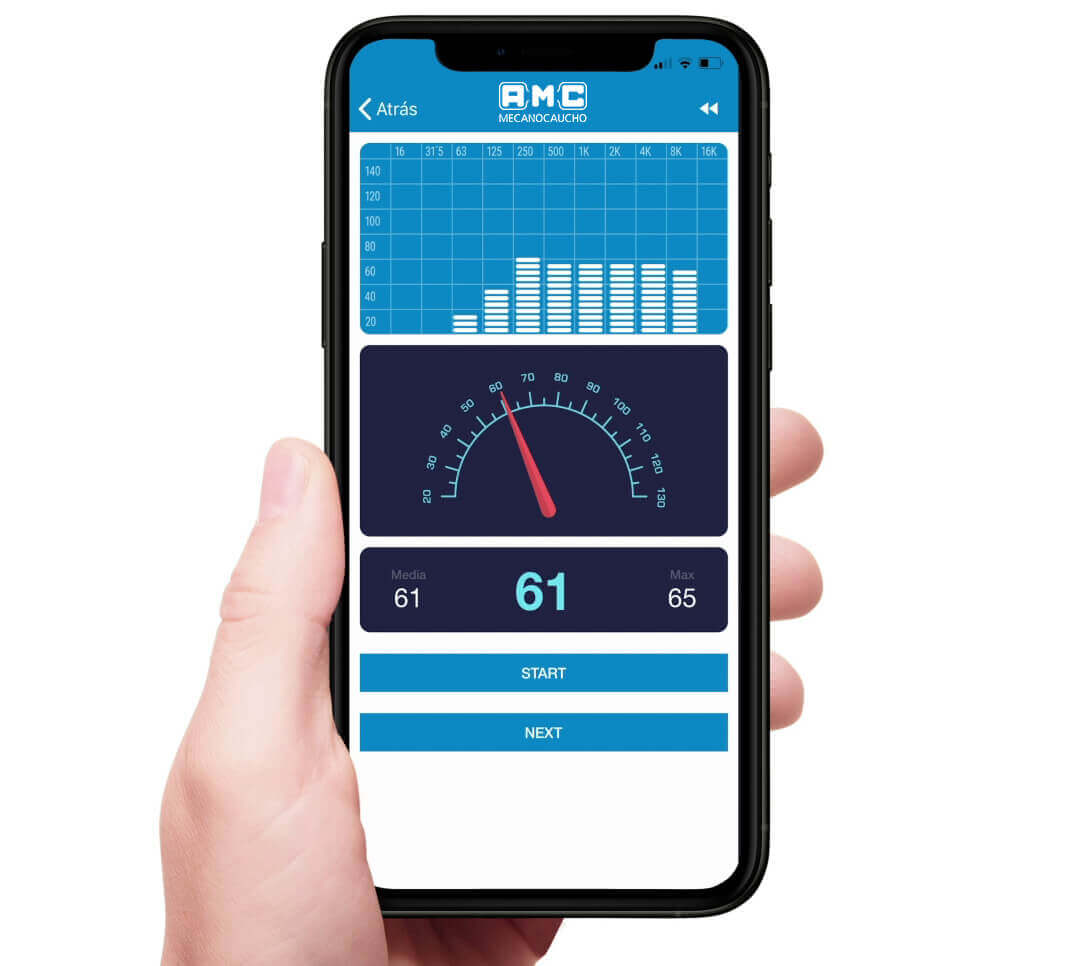
Dynamic range matters
A study conducted by two researchers, Rhys Brown and Lee Evans, compared an Apple iPhone with a traditional sound level meter for its ability to measure sound pressure level and reverberation time from various sound sources. These sources included road traffic noise from a nearby street, compressor noise and background noise levels in a commercial office boardroom.
Brown and Evans also took measurements in a room with a loudspeaker generating pink noise (sound that contains a random assortment of all the audible frequencies, frequently with more power in the lower frequencies).
They found enough limitations in the smartphone to recommend that it not be used when conducting acoustics tests. Their research showed that smartphone microphones have a ‘high noise floor’ and a ‘low noise ceiling’, which means they have a limited frequency range and smaller dynamic range than professional sound level meters. Specifically, the smartphone was unable to accurately and reliably measure noises with significant low-frequency components.
Acoustic Blinds and Curtains partners with acoustics experts who not only use professional equipment, but who are skilled at conducting testing in strict conditions. They ensure the following conditions are met when conducting a test:
• A constant sound source is needed because readings will vary substantively (such as when measuring passing traffic). Tests can be more accurately performed when a speaker is set up to play white noise, pink noise or other specific noise at a constant intensity that is well above the ambient, background sound level.
• A test needs to be conducted over a long period of time – from minutes to hours – to account for any variations. Acoustics experts use a measurement called equivalent continuous sound level to smooth out any variations.
• Testing needs to be conducted using ‘no curtain to curtain’ versus ‘open to closed curtain’ as the curtains work by absorbing sound in the space being measured.
Acoustic experts are also required to take noise measurements in accordance with specific international standards and guidelines. That means using laboratory-calibrated sound level meters such as the NTI Audio XL2 audio and acoustic analyzer. It’s a calibrated Swiss-made sound level meter, acoustic analyser and vibration meter that far outperforms the smartphone for its ability to measure and analyse sound.
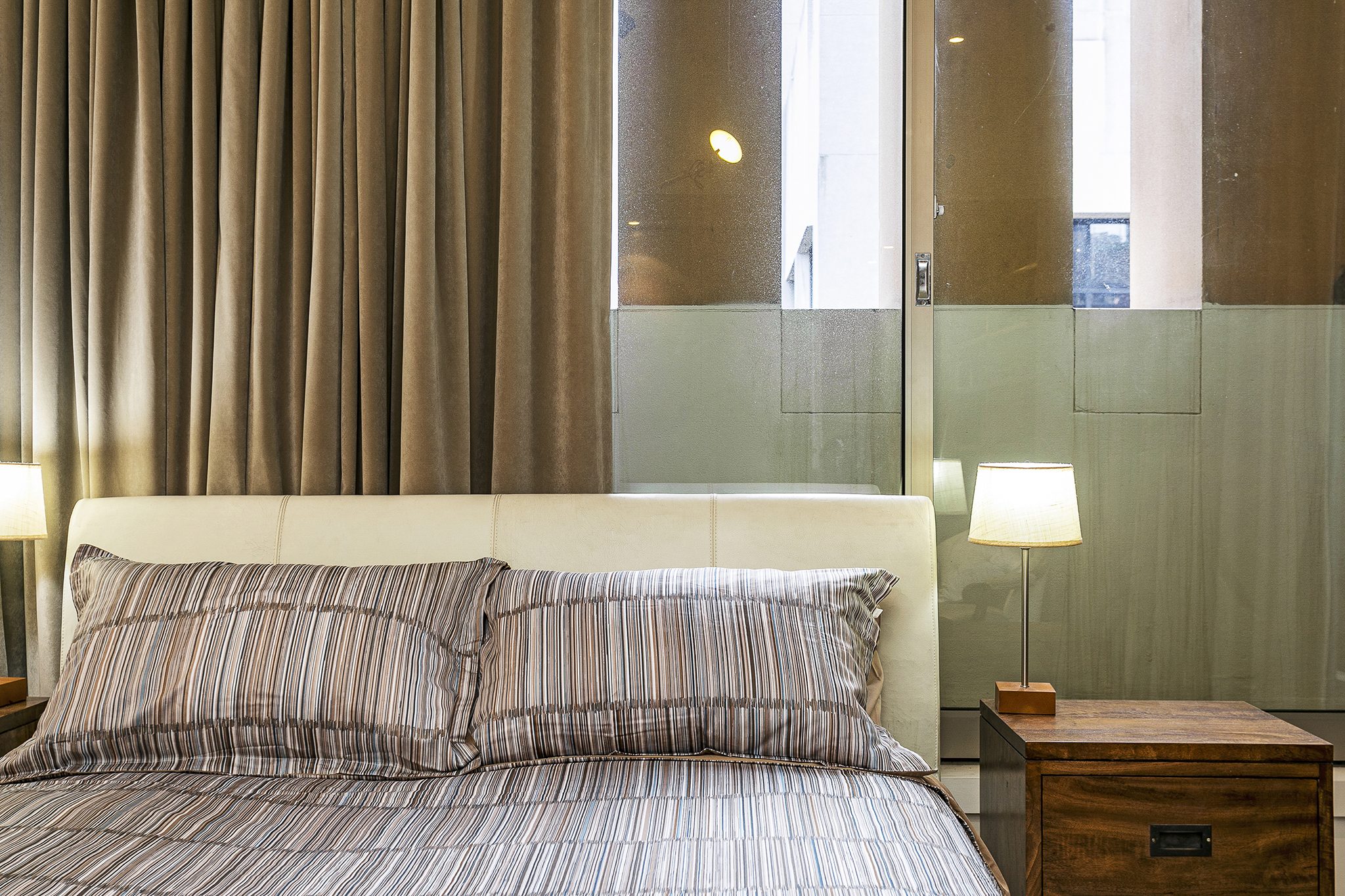
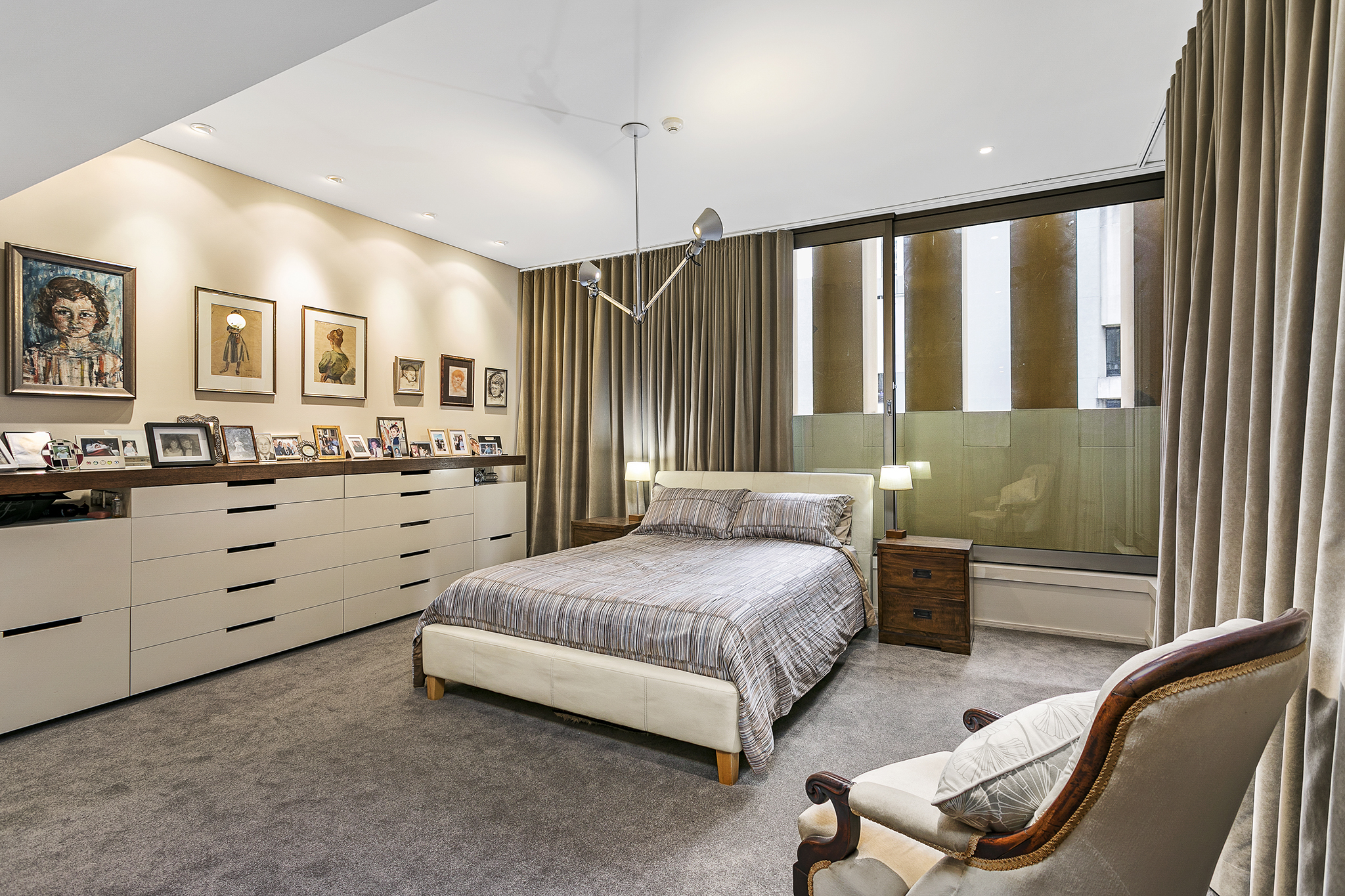
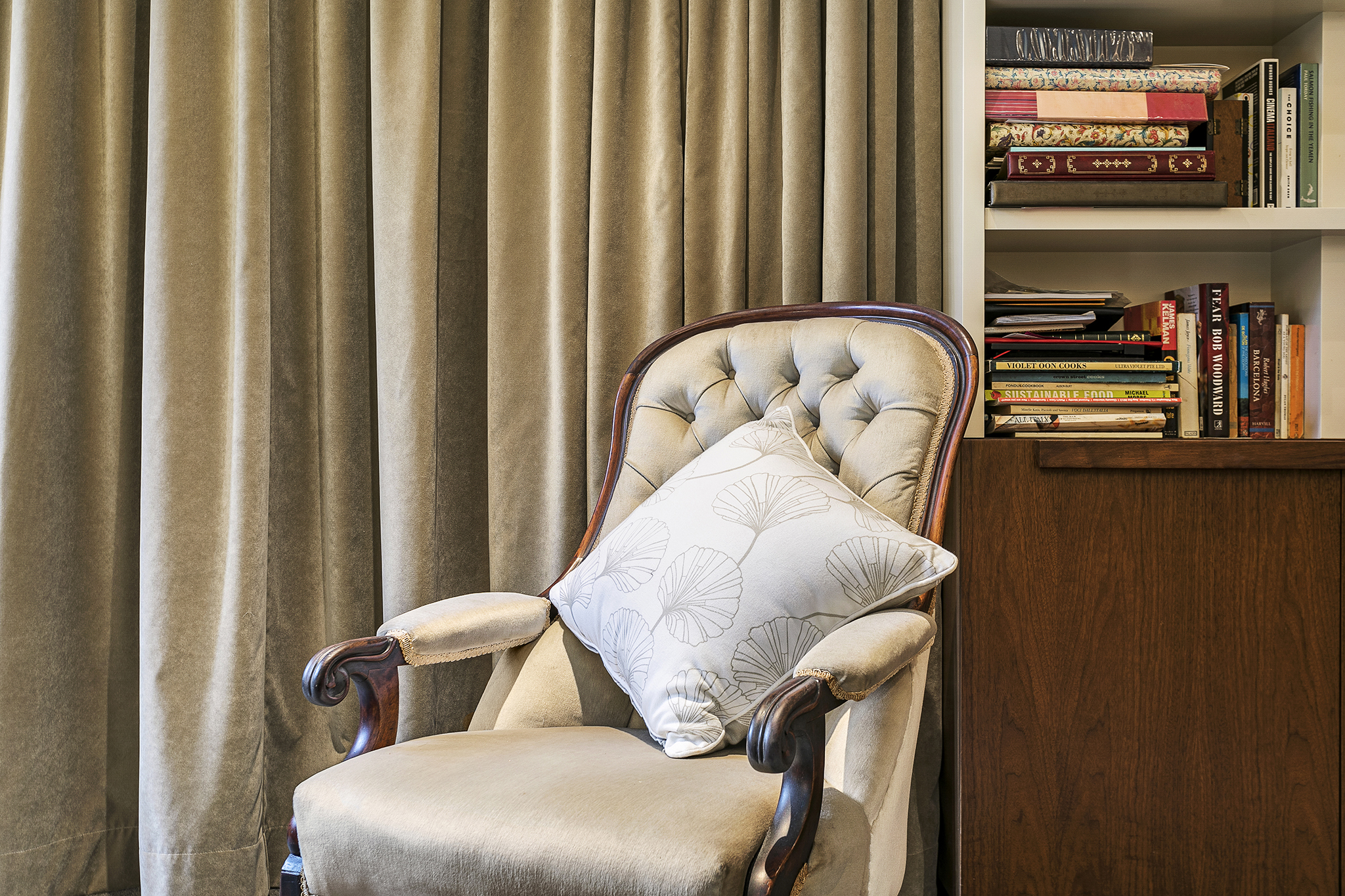
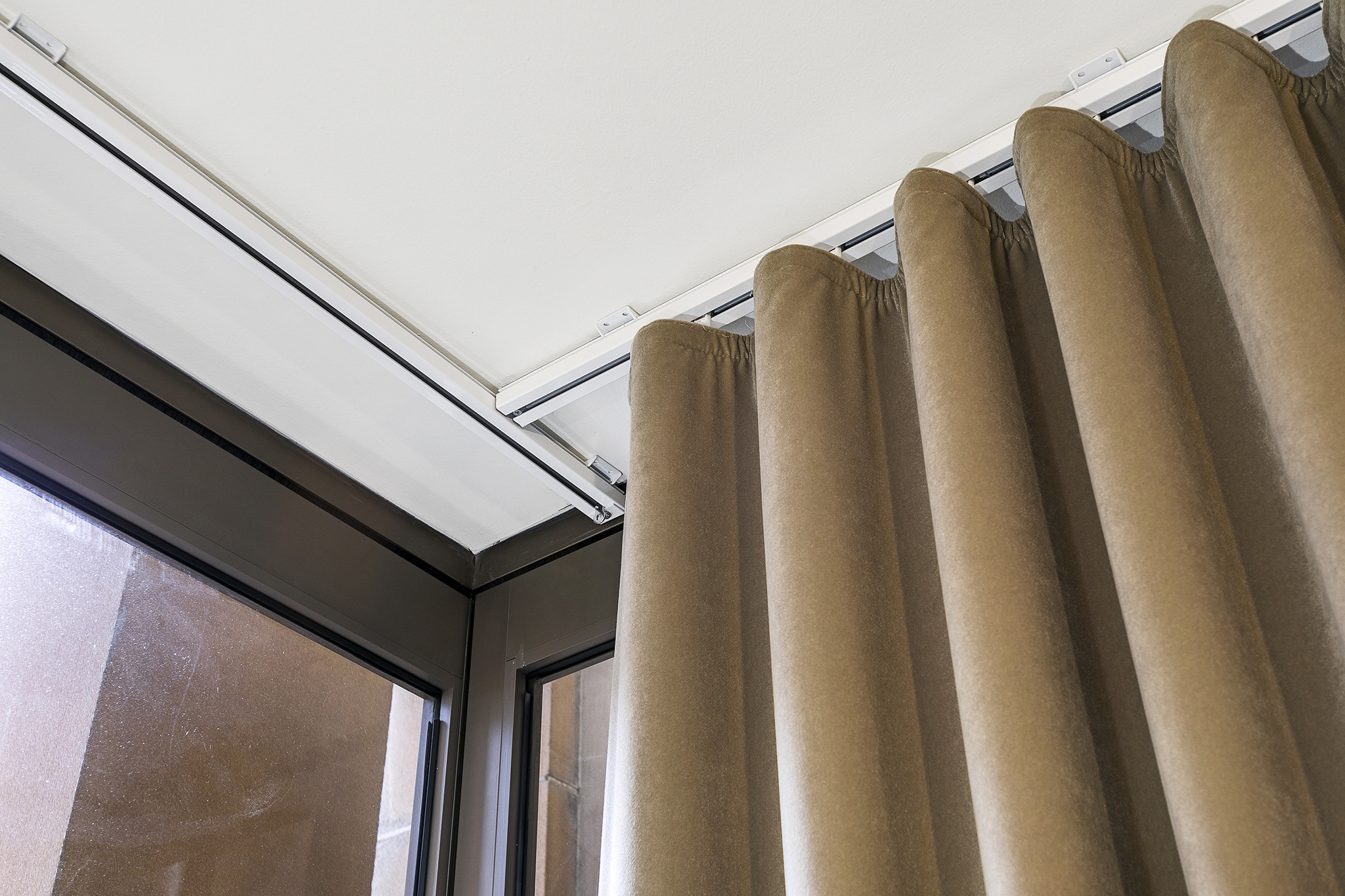
Should a smartphone be used for acoustic measurements?
Brown and Evans’s study showed that smartphones can give an indication of noise and reverberation levels – but they are not accurate or reliable compared to professional-grade equipment.
Smartphones have one primary use – the recording and transmitting of speech – which means they lack the ability to effectively measure a variety of sound. In addition, smartphone apps and microphones don’t comply with the Multiple International Electrotechnical Commission (IEC) standards that define the requirements for sound level meters to comply with certain accuracy requirements.
Acoustic apps can be somewhat useful to the general public for making quick measurements – and as long as they understand the limitations of their devices.
But when it comes taking an accurate measure of the sound in a given space, it’s clear that smartphones can’t do what professional-grade sound measuring equipment can.
Acoustic Blinds and Curtains understands the intricacies of sound and works closely with qualified acoustic engineers to measure and assess noise levels with precision. Contact us for more information.
2 https://acoustics.asn.au/conference_proceedings/AAS2011/papers/p106.pdf
